When Hunger Strikes
A look into how a family struggles amid famine.795 million people are hungry in a world that has more than enough food for everyone.
When Hunger Strikes
The state of Rajasthan sits at the top west corner of India. It is described as “The jewel in India’s crown,” and tourism sites are quick to reference its majestic palaces, intricate forts, and vibrant markets. What they fail to mention is it’s also one of the country’s poorest states. Rajasthan is home to 10 million people living in poverty known to few other places in the world. Though India’s booming cities boast attractions worthy of your travel considerations, the much neglected rural areas are sparse and struggling to survive.
Families in impoverished areas tend to be large due to a lack of medical or family planning resources. It is not uncommon to see middle-aged women pregnant with their sixth or seventh child. It is impossible to meet the nutritional needs of growing children when food is already so scarce, so pregnancies bring real horror to already hungry families. Malnourished expecting mothers are far more likely to give birth to underweight and underdeveloped babies, which have a mortality rate 20% higher than that of healthy infants. Far too many parents live within the devastation of losing a child, while never being able to escape the hunger that killed them.
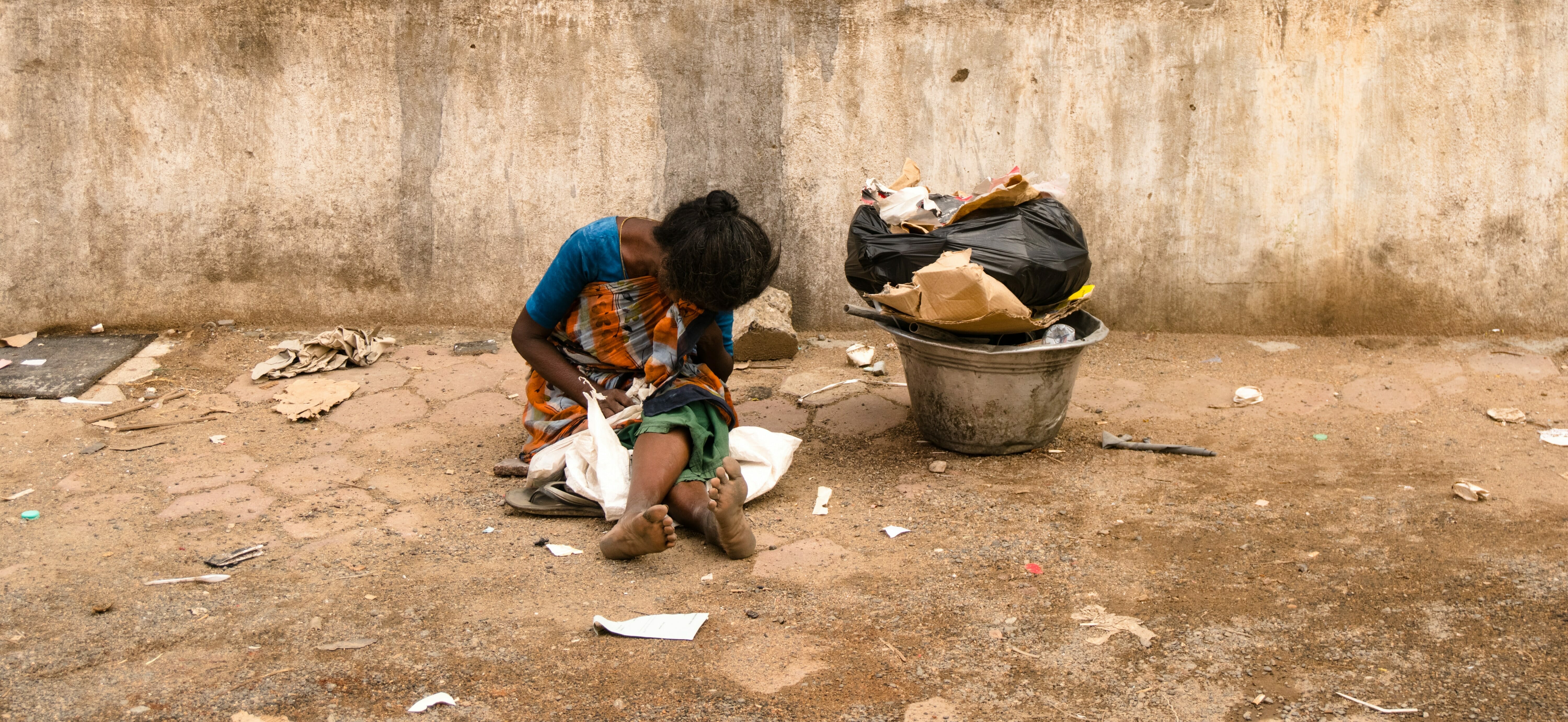
Tradition and institutionalized patriarchies in many developing countries dictate that women eat after the men and boys, while mothers are also more likely to sacrifice their own meals for the wellbeing of their families. This archaic attitude leaves many women and children without food for days.
Half of all malnourished children live in Asia, with another third living in Sub-Sahara Africa. There are two prominent manifestations of malnourishment in children; stunting, which is a low height for age, and wasting, low weight for height. Both typically occur before the age of two and are clear indicators of future health and development issues.
Roughly 3.1 million children die due to hunger related illness every year.
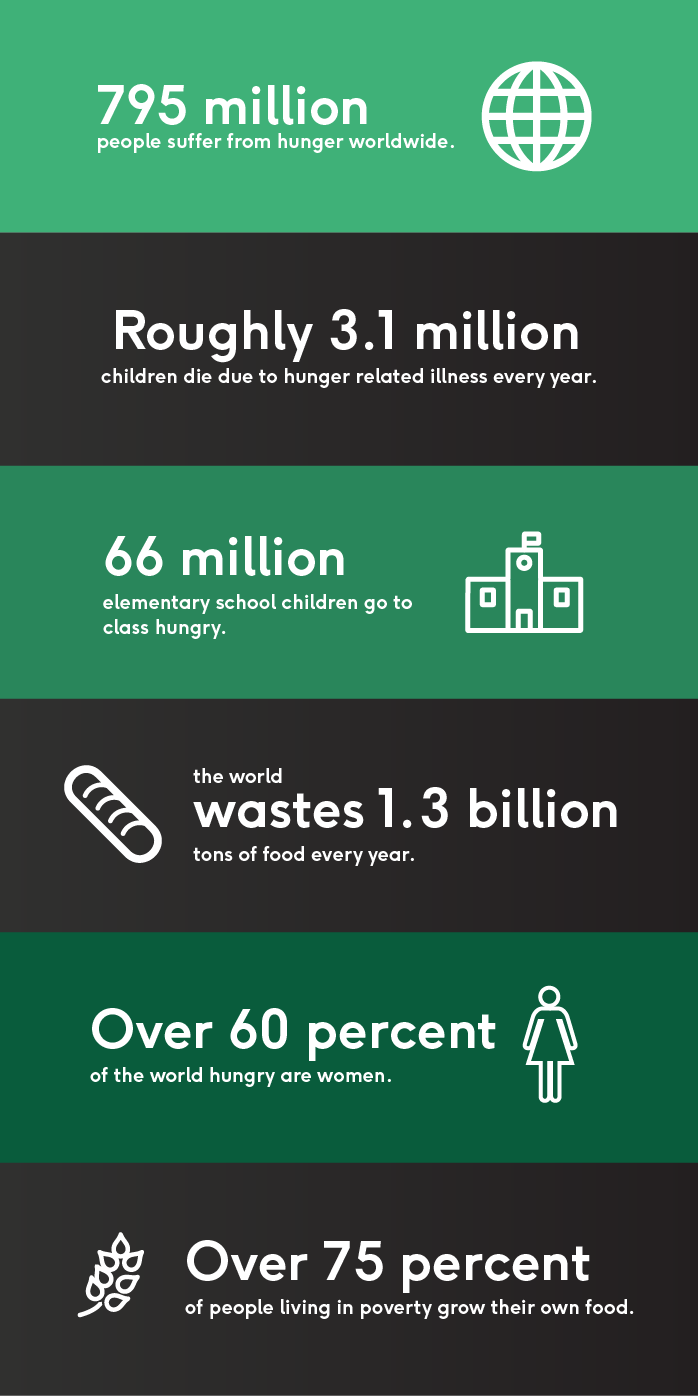
While pregnant mothers stay at home, unable to work and too weak to care even for themselves, their other children go to school.
66 million elementary school children go to class hungry.
India implemented a free school meal program in 1995, though mismanagement has made it difficult, if at all possible, for rural schools to benefit from the program. Some schools in Rajasthan report not seeing their promised free meals since 2013. Children are known to pick grass, roots, and seeds found along the road to school for lunch.
When women can no longer take care of themselves or their children, it forces the family to restructure the roles. Men that might otherwise be working on their own farm or crop are delegated to care for children. Children that might otherwise be at school are needed at home to tend to crop and younger children. When farming and labor make up most of the employment for rural India, families are prevented from working their way out of poverty. Their income and educational opportunities are stunted dramatically.
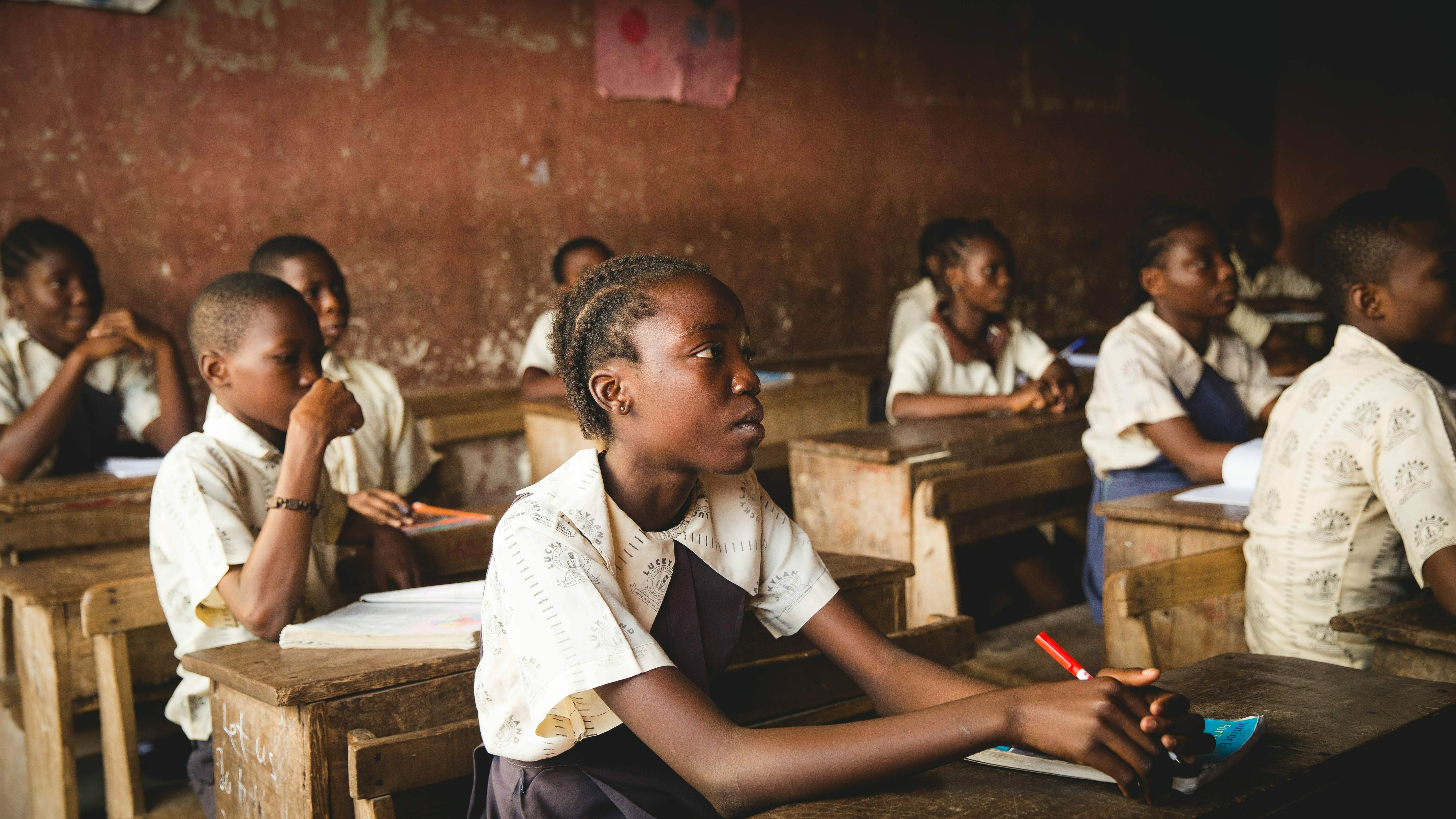
110,000 women die every year during childbirth due to anemia caused by improper diets.
Considering the world WASTES 1.3 BILLION tons of food every year, the tragedy is immensely magnified.
Rich countries waste roughly as much food as Sub-Sahara Africa NEEDS. 870 million people could eat with just a quarter of the food that goes to waste every year, yet the poorest places on earth never see such food. Waste among developing countries comes mostly from a loss of crops, which in part is due to rapidly deteriorating bio-diversities. Climate change, lack of technology, and conflict are the three major obstacles for farmers to maintain productive farms.
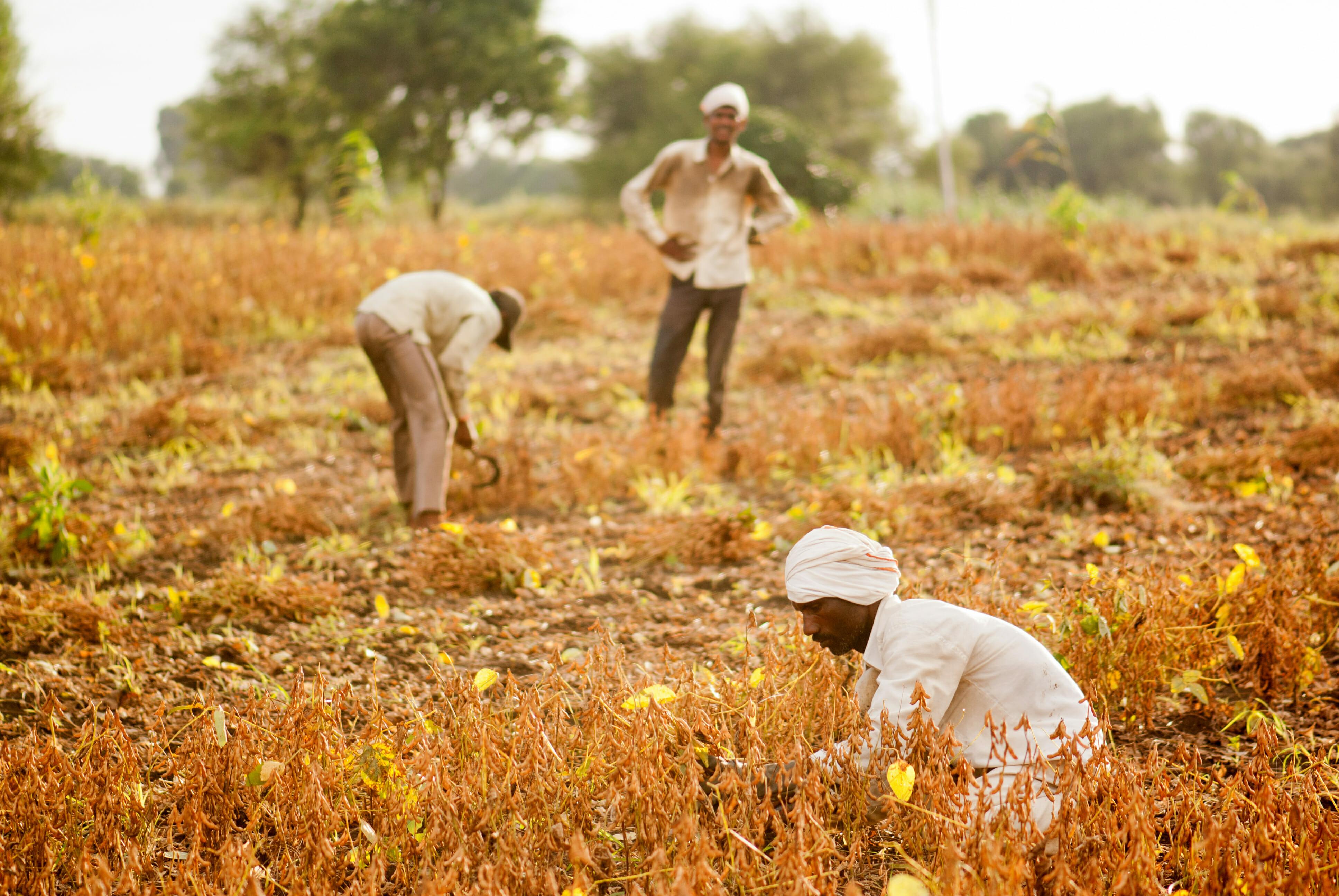
Eliminating food waste is just one of the many ways to combat world hunger. Researchers, experts, and activists expect that world hunger could be solved by 2030. The UN has made it part of their mission to provide more electricity to rural farming communities around the world, enabling them to use technologies, like weather prediction, to better manage their farms and harvest.
DollarFund shares in the vision of a world without hunger. Having Samaritan’s Purse as one of our earliest recipients will help to see our monthly donations reach rural farming communities. Samaritan’s Purse offers training, resources, and even livestock animals to help make more sustainable, profitable farms.
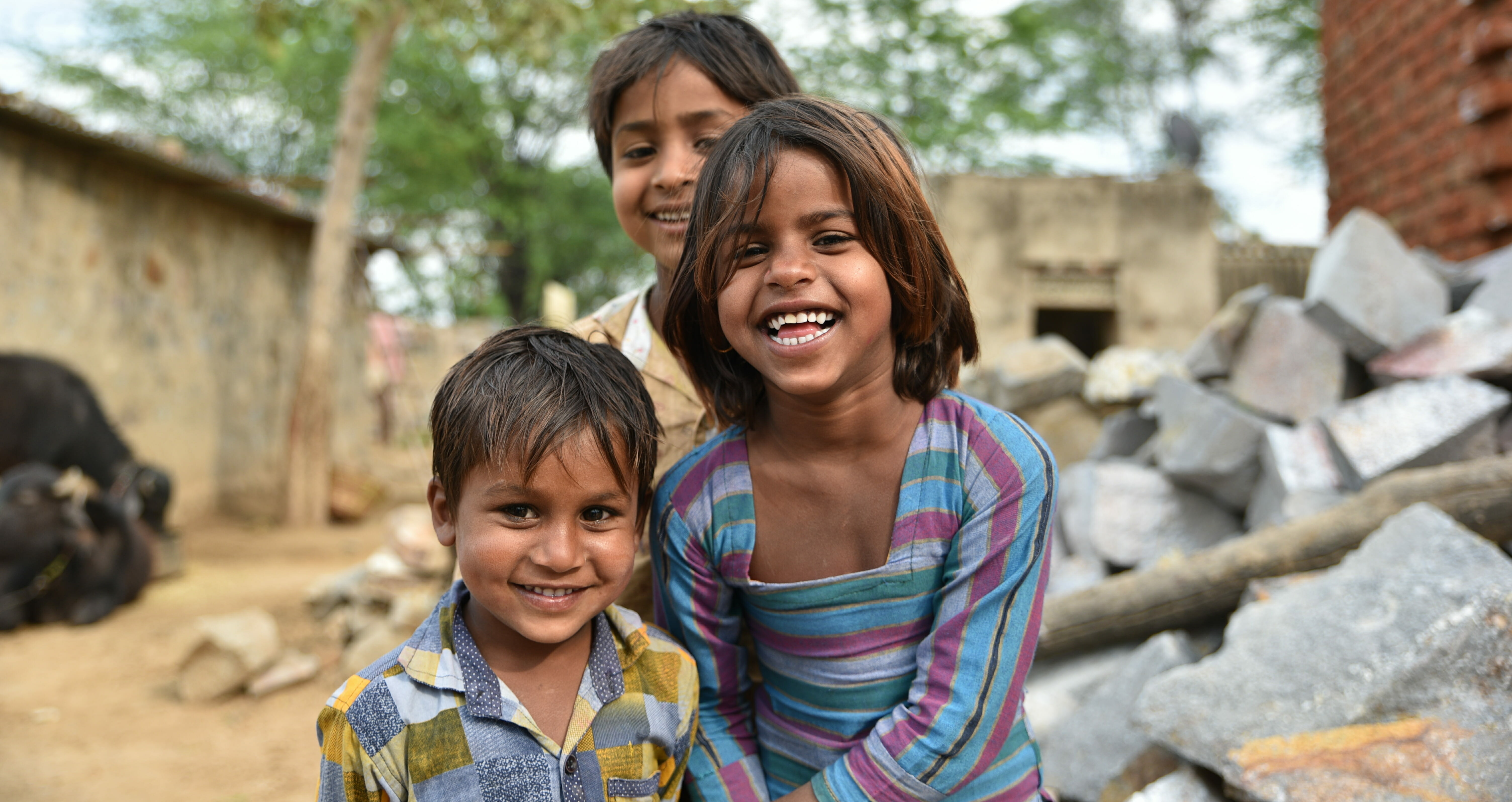
If $1 seems like a fair price to help end world hunger, we urge you to join DollarFund today. Share this message to help us in our goal of getting 1 million funders a month to give mothers and children the world over a chance at life without fear.
[social_warfare buttons=”Facebook,Twitter,Pinterest,LinkedIn,Total”]
Header Photo: Rahul Ramachandram / Shutterstock.com